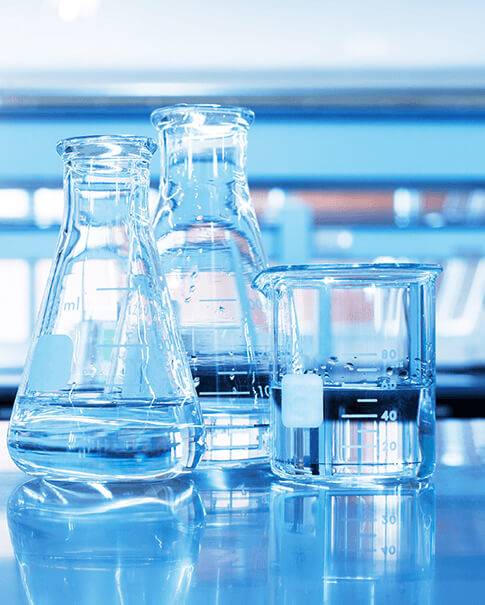What Are You Looking For?

Principle of Action of Polyacrylamide:
Aug 28, 2023Principle of action of polyacrylamide:
The molecular chain of polyacrylamide is very long, so that it can bridge between two particles and accelerate the settlement of particles. It is a good flocculant.
Industrially, polyacrylamide and its derivatives are produced by free radical polymerization of acrylamide. The polymerization method is divided into bulk polymerization, solution polymerization, suspension polymerization and emulsion polymerization according to the dispersion state of the monomer in the medium.
According to the dissolved state of monomer and polymer, it can be divided into homogeneous polymerization and heterogeneous polymerization. Polyacrylamide products have three dosage forms: aqueous colloid, powder and emulsion.
Polyacrylamide is polymerized from acrylamide, and its main molecular chain has a large number of side groups - amide groups. The amide group has high chemical activity and can react with various compounds to produce many polyacrylamide derivatives.
The amide group can form strong hydrogen bonds with a variety of specific compounds, so it not only has the properties of flocculation, thickening, surface activity, etc., but also can be converted into a polymer containing carboxyl groups through its amide group hydrolysis, becoming Anionic polyacrylamide, the methylolated polyacrylamide produced by the reaction of polyacrylamide and formaldehyde, is an important crosslinking monomer.